Since Amazon has launched Alexa, it has been the talk of the town. It can smartly control all the smart home products, answer any questions you may have and play your favourite music as well. All of this can be done through the Amazon Echo speaker, however, Echo is not the best in the business when it comes to playing music.
Since Amazon opened its technology behind Alexa for everyone, several manufacturers have embraced Alexa and installed her in their own devices. The majority of them fall under the speaker category.
Here’s a list of top 5 speakers other than Amazon Echo which are equipped with Alexa and produce amazing sound.
1. KitSound Voice One
The KitSound Voice One is essentially an Amazon Echo, but with some serious audio grunt. It has been developed in collaboration with Amazon, to allow full Alexa experience. KitSound Voice One can answer questions, play music from various sources and control smart home devices. Also, It can hear you speak from the other side of the room and up to eight Voice One speakers can be connected together for multi-room playback.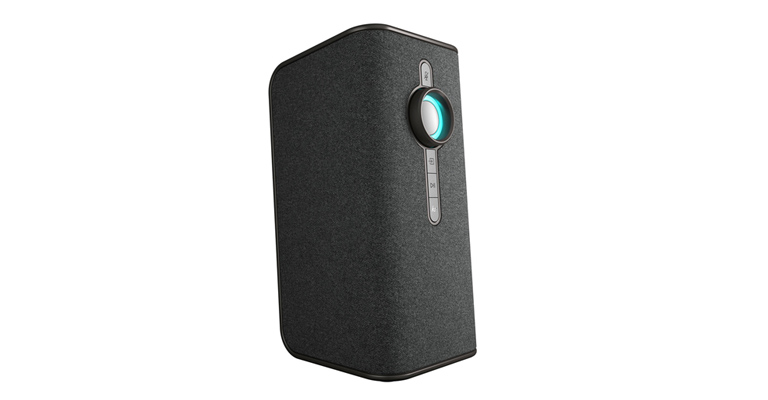
2. Libratone Zipp
The Libratone Zipp is a portable speaker with interchangeable jackets and has an amazing sound output. Sound is produced 360-degrees and the overall profile can be adjusted using the companion app. The latest version has been updated to support Amazon Alexa as well, which means you can shoot commands at it, to change the music that’s playing, or turn your kitchen lights off. You can take Libratone Zipp on the go as well as it’s totally portable.
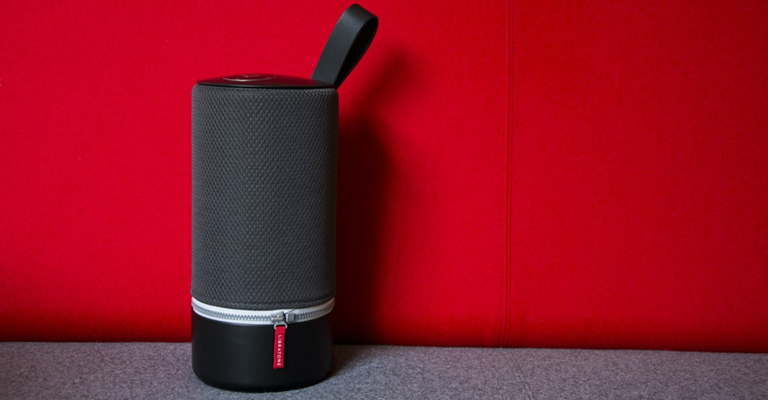
3. Onkyo P3
The Onkyo P3 was first shown off at IFA 2017 and is now available to buy. With dual full-range drivers, dual passive bass radiators and DSP switching amplification, the Onkyo P3 has some serious sound power. With complete Alexa support, it is a great alternative to the Amazon Echo.
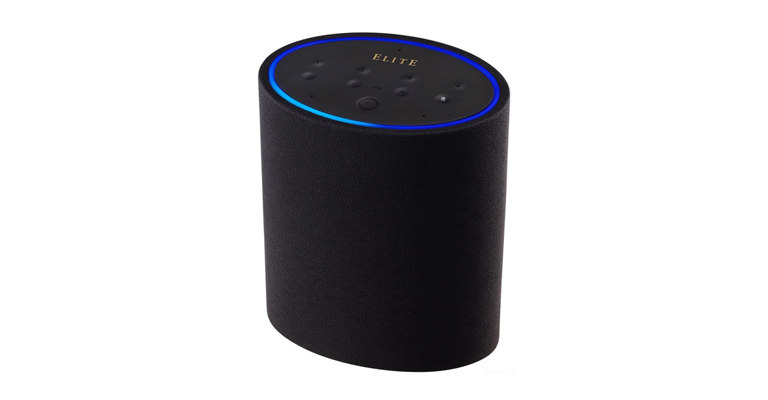
4. Polk Audio Command Bar
American audio manufacturer Polk Audio claim’s the title for world’s first soundbar with Alexa built in with the Command Bar. It essentially merges an Echo Dot with a full-fledged soundbar. That means the Command Bar can do anything which a Echo Dot can do, including controlling smart home products as well as source input, volume and bass levels.
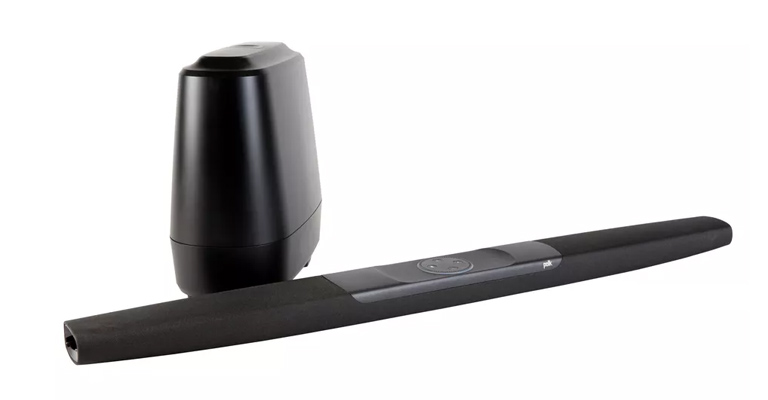
Although it is set up for movies and TV shows first, it does great while playing music as well, which makes it a viable Echo alternative. It comes fitted with 1.25 x 3.25-inch full-range drivers, two 1-inch tweeters and ported wireless 6.5-inch subwoofer which are capable of producing loud and clear sound, thanks to the Polk’s Voice Adjust technology
5. Sonos One
If you want one of the best sounding speakers around, with multi-room capabilities and Alexa built-in, look no further. Sonos has made a powerful entry in the Alexa-enabled speaker market with the Sonos One. Later this year it will also offer Google Assistant, making it one of the most capable smart speakers around. It sounds fantastic and looks very attractive. It has the same design as the Play:1 except for on the top where there is a new control panel in place of the volume button on the Play:1
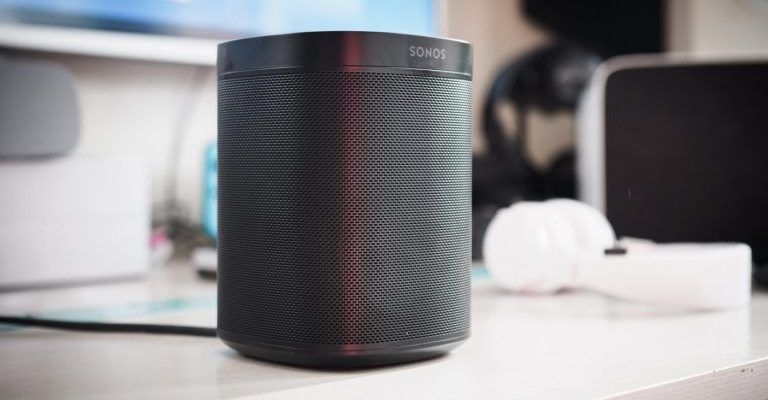
As soon as Amazon allowed the world to use the technology behind Alexa, a large number of companies included it into their products and posed a competition against Amazon’s own product equipped with Alexa. Only time will tell if it was a good move by the company. For more info on Alexa and the technology behind it, talk to our experts.


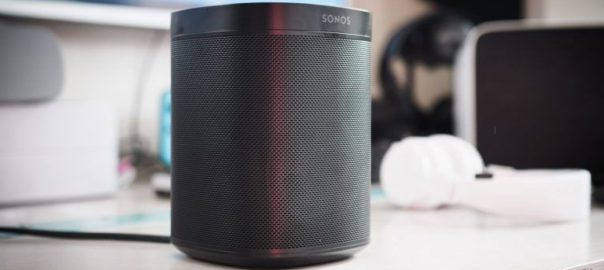
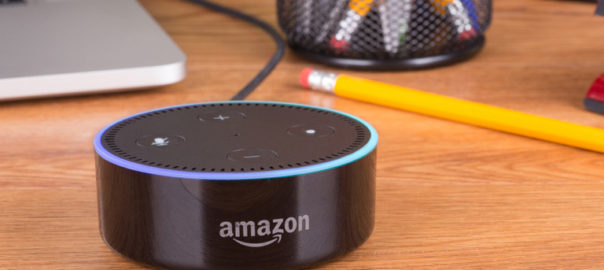
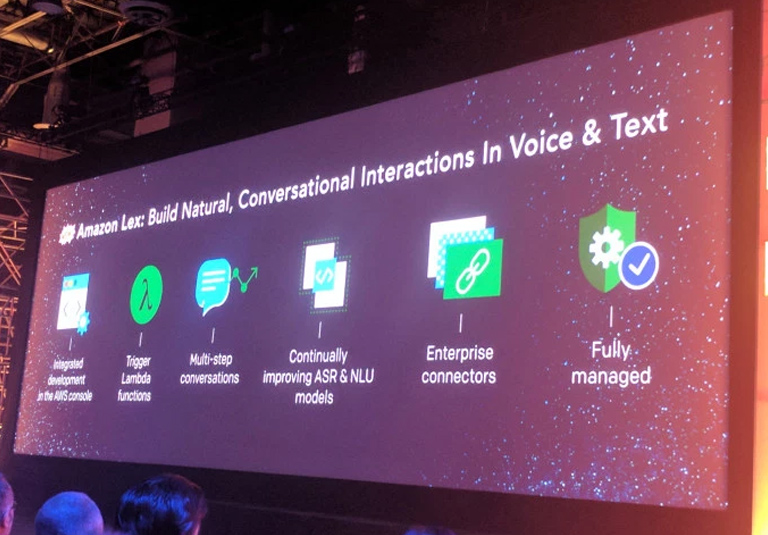
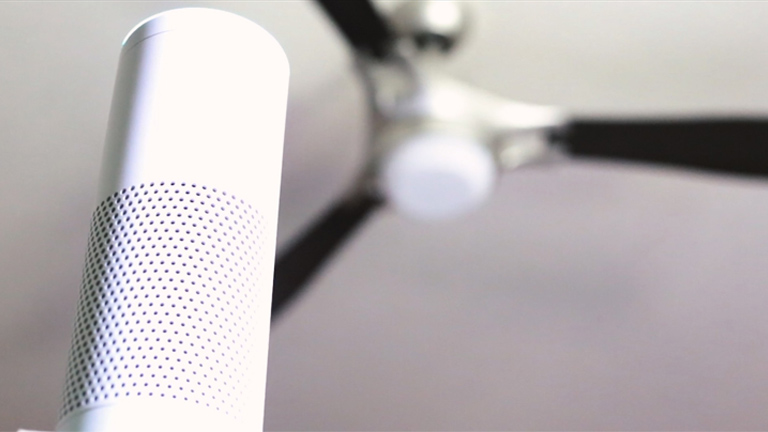
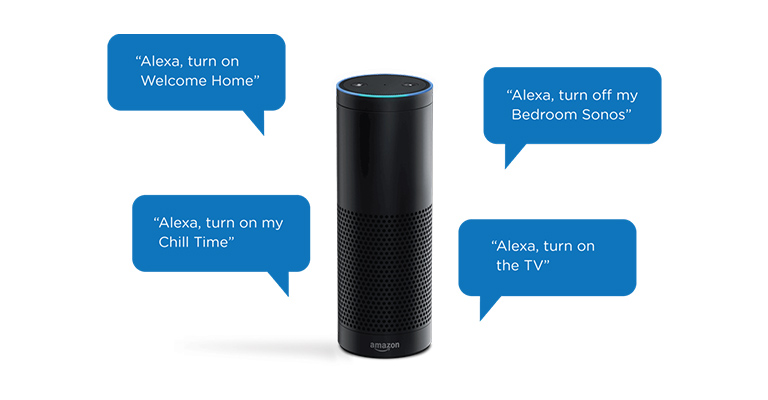
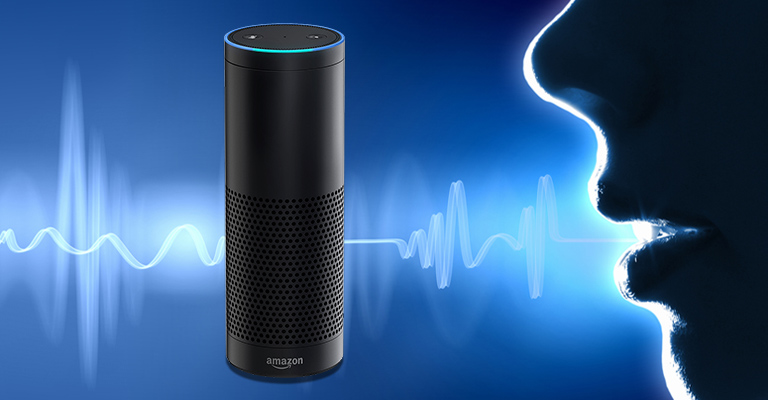
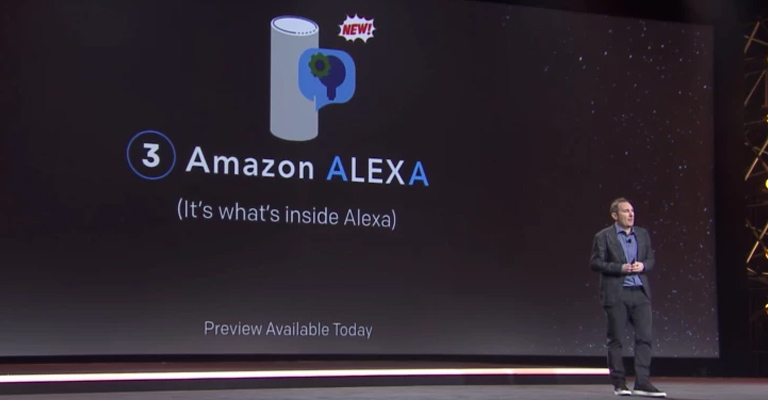 image:techcrunch.com
image:techcrunch.com